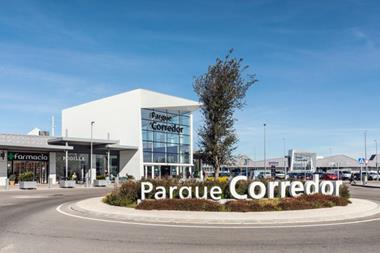Real estate investment markets in Central and Eastern Europe (CEE) are attracting a growing number of cross-border investors, but there is no 'gold rush', according to Martin Erbe, head of CEE at German lender Helaba.
Real estate investment markets in Central and Eastern Europe (CEE) are attracting a growing number of cross-border investors, but there is no 'gold rush', according to Martin Erbe, head of CEE at German lender Helaba.
'Gold rush for me is a negative word because the US gold rush (of the 1840-50s) left deserted villages in its wake. I think when investors move on from CEE to Russia, hopefully, they will not leave Warsaw as a deserted city,' Erbe said. He added that the CEE markets have matured in the past few years. ´Due diligence is carried out much more carefully than in the past,' Erbe told PropertyEU's CEE Investment Briefing in London in late March.
Andreas Ridder, head of CEE at CBRE, agreed the region is not experiencing a gold rush, despite over EUR 11 bn of investment last year, one of the top three periods for CEE. Poland and the Czech Republic are attracting the lion's share of investment in Central Europe, with much lower volumes in the other markets. 'I often describe Poland and the Czech Republic as Western European in many respects. With yields of 6-7% I would not say they are over-priced.'
Ridder added, 'There are not that many deals happening at the moment and I definitely don’t have the feeling everyone wants to do a quick deal. Investors are really careful and very diligent in what they are doing so I would not at all call it a gold rush.'
Developers are definitely not experiencing a gold rush, according to Yann Guen, vice-president of shopping centre specialist Mayland. 'It is becoming more and more difficult because of all the demands in terms of equity and guarantees are much stricter.'
The full story appears in the April edition of PropertyEU. Click on the link to subscribe:










